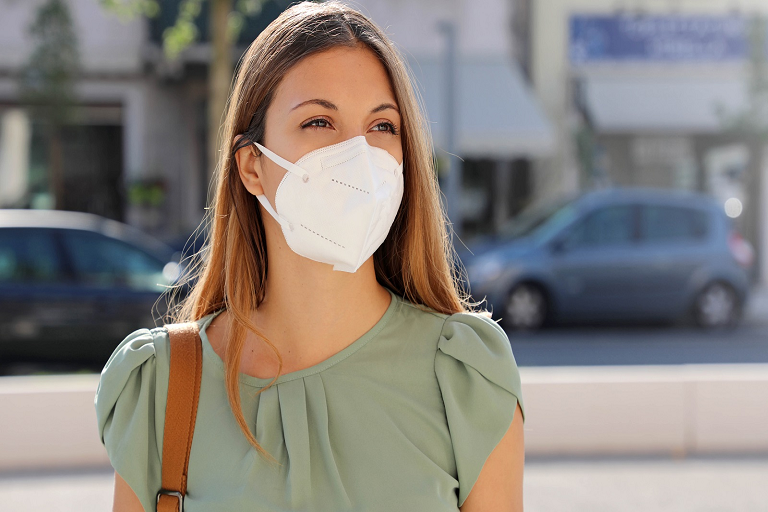Should You Try Double Masking To Protect Against COVID-19
You’ve probably noticed it more and more: People wearing not one but two face masks out in public to protect against the spread of COVID-19.
It might seem like overkill. But a new report from the Centers for Disease Control and Prevention finds that layering a cloth mask on top of a surgical mask or wearing a more tightly fitted surgical mask can significantly increase protection against COVID-19 for both the wearer and for others. The study shows that transmission of the virus can be reduced by up to 96.5 percent if both an infected individual and an uninfected individual wear tightly fitted surgical masks or a cloth-and-surgical-mask combo.
And last month, Dr. Anthony Fauci—America’s top infectious disease expert—told NBC News TODAY “it just makes common sense that it likely would be more effective,” to wear two masks instead of one.
Here’s what you need to know about double masking—and when you should consider adding an extra layer of protection to your COVID-19 arsenal.
Should you start double-masking?
It depends on what kind of mask you normally wear. If your go-to mask is made from a single layer of cloth, you might want to consider doubling up.
“I would only [double-mask] in a situation where your first mask is inadequate or flimsy,” says Dr. Amesh Adalja, MD, senior scholar at the Johns Hopkins University Center for Health Security. “Flimsy” or “inadequate” masks include bandanas or disposable masks that have been reused several times.
“If you’re wearing an N95 or a KN95 or a KF94, there’s very little benefit you’d get from wearing a second mask on top of that,” he adds.
Wait, what is a KN95 or KF94 mask?
Paula Cannon, PhD, professor of molecular microbiology and immunology the Keck School of Medicine of USC, says her favorite type of mask is a KN95, which she started wearing last March when there was an N95 shortage.
KN95 masks are typically manufactured in China and are made from a rigid material. “When you put them on your face, it looks like a beak,” Cannon says. “Those are good because they’re a good quality filtering material and they fit snugly around people’s faces. They’re rated (at least in China) to prevent 95 percent of particles from coming through.”
The KF94 is a little different. This type of mask is produced in South Korea and filters 94 percent of particles. It’s long and wide, with wings covering the nose and chin, so there’s a good seal around your face.
Does double-masking make it harder to breathe?
It shouldn’t. If you’re having trouble breathing through your mask, you probably haven’t found the right mask yet. Cannon prefers wearing a KN95 because of the beak shape, which creates a dome around her nose and mouth. “The KN95 works well for me if I have to wear a mask for a long period of time because it doesn’t touch my nose or mouth [while I’m wearing it],” Cannon says. “If people have an anxiety about masks, try and have one of these semi-rigid beak masks.”
If your ears get sore from mask loops, test out another style of mask that ties behind your head or purchase a “mask extender” that hooks behind your ear loops to take the pressure off your ears.


















